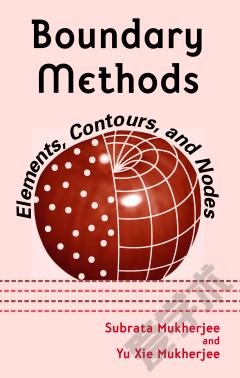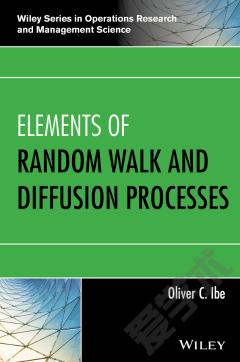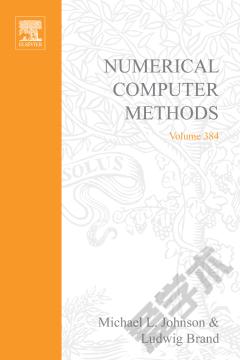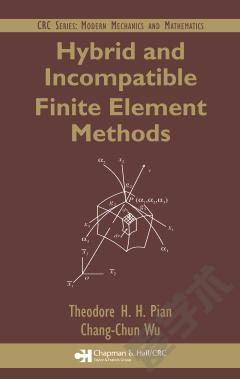Boundary Methods —— Elements, Contours, and Nodes
----- 边界法
INTRODUCTION TO BOUNDARY METHODS I SELECTED TOPICS IN BOUNDARY ELEMENT METHODS BOUNDARY INTEGRAL EQUATIONS Potential Theory in Three Dimensions Linear Elasticity in Three Dimensions Nearly Singular Integrals in Linear Elasticity Finite Parts of Hypersingular Equations ERROR ESTIMATION Linear Operators Iterated HBIE and Error Estimation Element-Based Error Indicators Numerical Examples THIN FEATURES Exterior BIE for Potential Theory: MEMS BIE for Elasticity: Cracks and Thin Shells II THE BOUNDARY CONTOUR METHOD LINEAR ELASTICITY Surface and Boundary Contour Equations Hypersingular Boundary Integral Equations Internal Displacements and Stresses Numerical Results SHAPE SENSITIVITY ANALYSIS Sensitivities of Boundary Variables Sensitivities of Surface Stresses Sensitivities of Variables at Internal Points Numerical Results: Hollow Sphere Numerical Results: Block with a Hole SHAPE OPTIMIZATION Shape Optimization Problems Numerical Results ERROR ESTIMATION AND ADAPTIVITY Hypersingular Residuals as Local Error Estimators Adaptive Meshing Strategy Numerical Results III THE BOUNDARY NODE METHOD SURFACE APPROXIMANTS Moving Least Squares (MLS) Approximants Surface Derivatives Weight Functions Use of Cartesian Coordinates POTENTIAL THEORY AND ELASTICITY Potential Theory in Three Dimensions Linear Elasticity in Three Dimensions ADAPTIVITY FOR 3-D POTENTIAL THEORY Hypersingular and Singular Residuals Error Estimation and Adaptive Strategy Progressively Adaptive Solutions: Cube Problem One-Step Adaptive Cell Refinement ADAPTIVITY FOR 3-D LINEAR ELASTICITY Hypersingular and Singular Residuals Error Estimation and Adaptive Strategy Progressively Adaptive Solutions: Pulling a Rod One-Step Adaptive Cell Refinement Bibliography Index
{{comment.content}}








 京公网安备 11010802027623号
京公网安备 11010802027623号